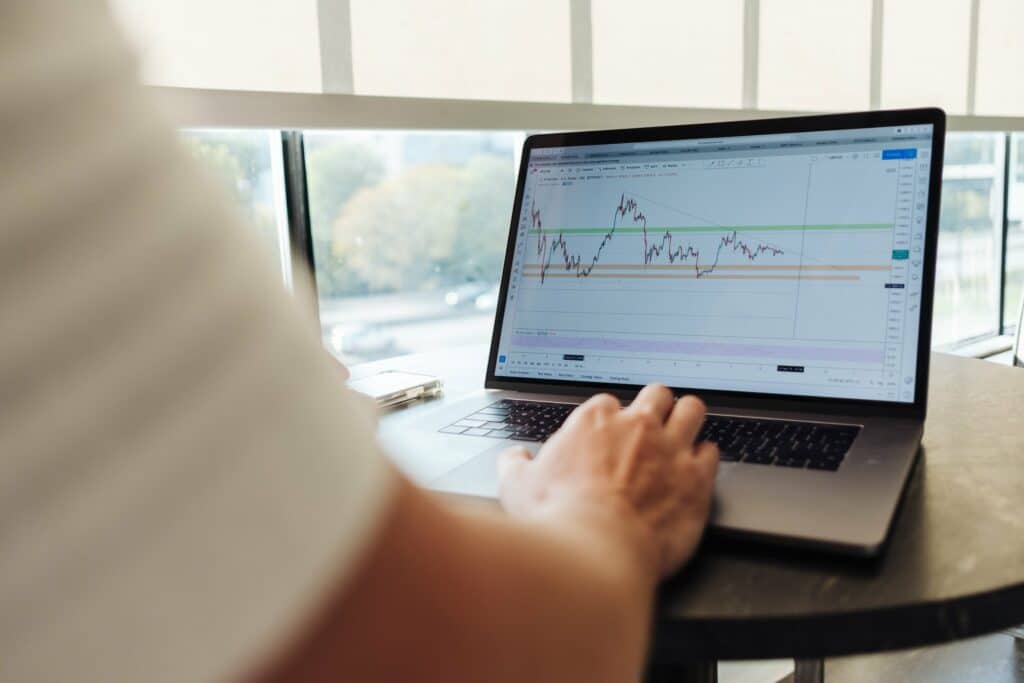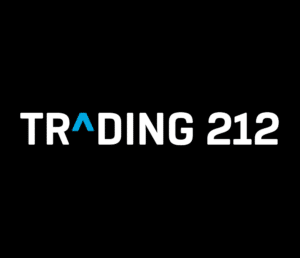Investing Pillar

Collaborating with Atlantic Technologies for Enhanced Financial Education
As part of our commitment to delivering innovative and cutting-edge investment insights, The Investors Centre has integrated resources from Atlantic Technologies into our main platform. This strategic collaboration enhances our educational offerings with advanced technological expertise, ensuring users gain access to enriched content that addresses both financial markets and the role of technology in investment strategies. This alignment allows us to streamline our resources, helping investors of all levels navigate and succeed in today’s complex financial landscape. Stay tuned for continued updates as we refine our offerings to serve our community better.

Thomas Drury
Co-Founder
Seasoned finance professional with 10+ years' experience. Chartered status holder. Proficient in CFDs, ISAs, and crypto investing. Passionate about helping others achieve financial goals.
Twitter ProfileAuthor Bio

Dom Farnell
Co-Founder
Dom is a Co-Founder and of TIC. A passionate investor and seasoned blog writer with a keen interest in financial markets and wealth management.My goal is to empower individuals to make informed investment decisions through informative and engaging content.
Twitter ProfileAuthor Bio
How We Test
At The Investors Centre, we pride ourselves on our rigorous fact-checking process. To delve deeper into our meticulous testing procedures and discover how we ensure accuracy and reliability, visit our dedicated page on how we test.
Please bear in mind that the value of investments can decrease in addition to increasing, which means there is a possibility of receiving an amount lower than your initial investment. It is generally advisable to retain your investments for a minimum of five years in order to maximize the likelihood of achieving your desired returns. Capital at risk.
Page Contents:
Introduction to Investing
Understanding Investing
At its core, investing involves balancing risk against potential return. Every investment carries some degree of risk, and typically, higher risks are associated with higher potential returns. Understanding the market dynamics, including economic factors, industry trends, and company performance, is crucial.
Risk tolerance is a personal measure of your willingness and ability to endure market volatility. It’s influenced by your investment timeframe, financial goals, and emotional capacity to withstand losses. Setting clear investment goals – be it saving for retirement, a child’s education, or building an emergency fund – helps in choosing suitable investments and strategizing your approach.
How to Invest
To start investing, first, assess your financial situation, including your income, debts, and savings. Setting up an investment account is your next step, and in the UK, options include Individual Savings Accounts (ISAs), pensions, and brokerage accounts.
Creating an investment plan involves determining your financial goals, time horizon, and risk tolerance. A diversified investment portfolio, which includes a mix of asset types, can help balance risk and return. Regularly reviewing and adjusting your investments in response to life changes or financial goals is also part of effective investment management.
Types of Investments
Stocks represent ownership in a company and offer potential for growth, but with higher risk. Bonds, on the other hand, are loans to governments or companies, offering regular interest payments with lower risk compared to stocks.
Mutual funds and Exchange-Traded Funds (ETFs) pool money from many investors to buy a diversified portfolio of stocks, bonds, or other securities. They offer diversification and professional management but come with management fees.
Alternative investments like real estate, commodities, and cryptocurrencies offer diversification but often come with higher risks and unique challenges.
Investing Fees
In the UK, investment fees can significantly impact returns. Brokerage fees are charged for buying and selling investments. Fund management fees, including expense ratios, are ongoing charges within mutual funds and ETFs for managing the investments.
It’s crucial to understand these fees as they can erode investment returns over time. Comparing fees and considering their long-term impact is an important part of choosing investments.
When Should You Start Investing?
The power of compounding interest means that the earlier you start investing, the more time your money has to grow. Starting early, even with small amounts, can lead to significant growth over time due to the compounding of returns.
Investing isn’t just for the wealthy or those nearing retirement; it’s a prudent strategy at any age. However, the investment approach should reflect different life stages, with younger investors typically able to take on more risk compared to those closer to retirement.
Common Investing Mistakes to Avoid
Emotional investing, such as making hasty decisions during market highs or lows, can lead to poor investment choices. Trying to time the market, or predicting market movements for buying or selling, is often unsuccessful and can result in missed opportunities.
Not diversifying enough can expose your portfolio to unnecessary risk. Also, overlooking investment costs, including fees and taxes, can reduce overall returns. It’s important to conduct thorough research, maintain a long-term perspective, and regularly review your investment strategy to avoid these common pitfalls.














